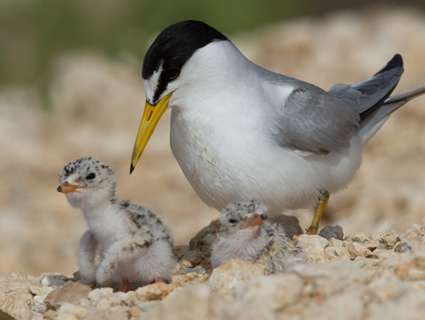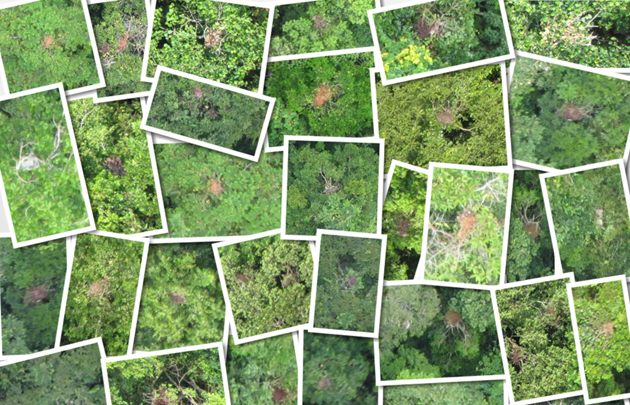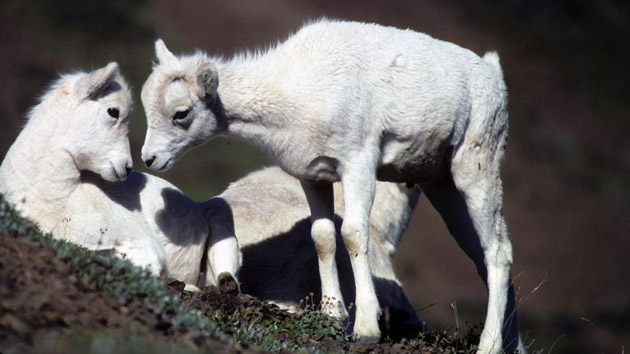
Dall sheep are one of the 250 animal species that depend on the coastal plain in ANWR. USFWS
On Sunday, President Obama announced that he will call on Congress to increase the protection of Alaska’s Arctic National Wildlife Refuge by adding more than 12 million acres of it to the National Wilderness Preservation System—the highest level of conservation protection. If Congress signs on, which is pretty unlikely, it would be the largest wilderness designation since the Wilderness Act, signed in 1964 by President Lyndon B. Johnson.
The refuge covers nearly 20 million acres and contains five distinct ecological regions. It is home to at least 200 species of birds, 37 land mammal species, eight marine mammal species, and 42 species of fish. There are plenty of political reasons why Obama wants to protect it, but here are a few of the ecological ones:
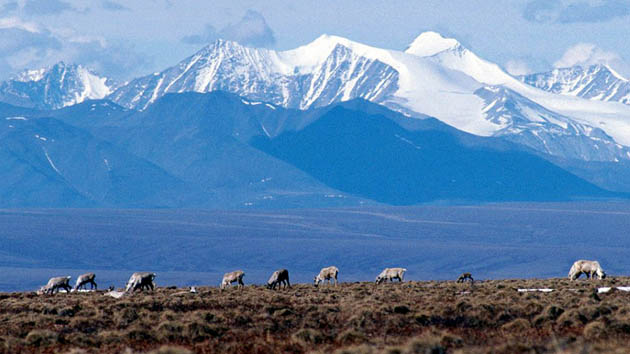
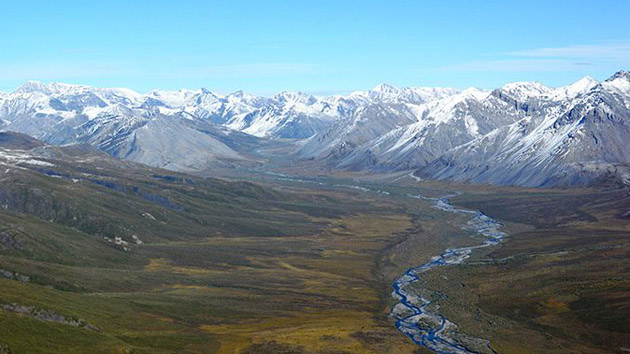
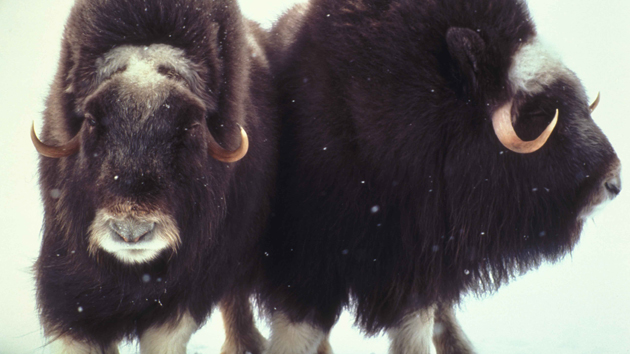
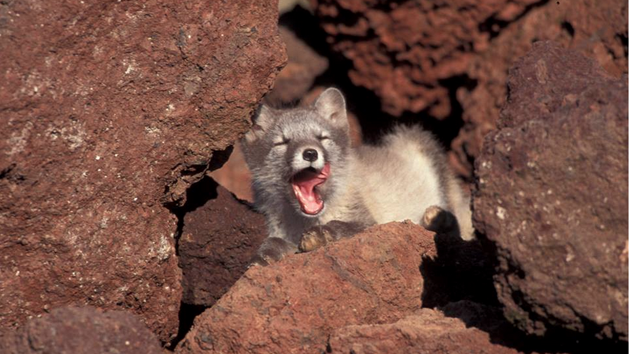
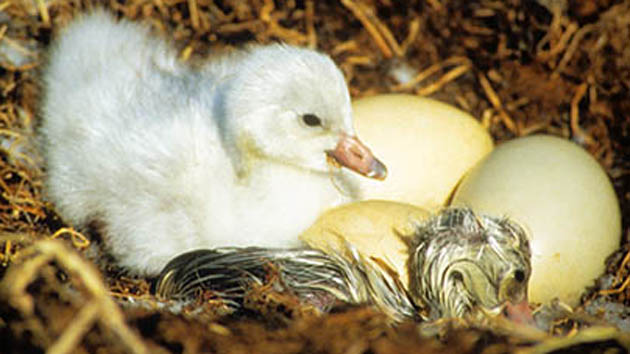
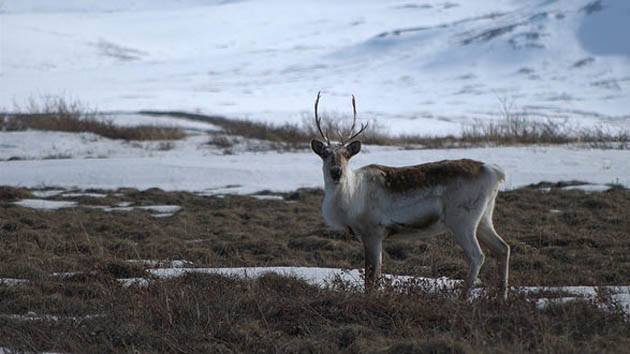
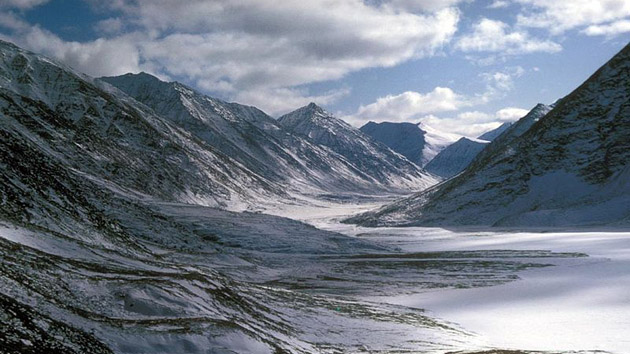
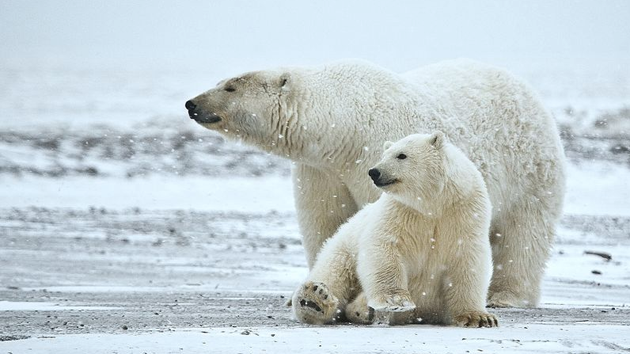
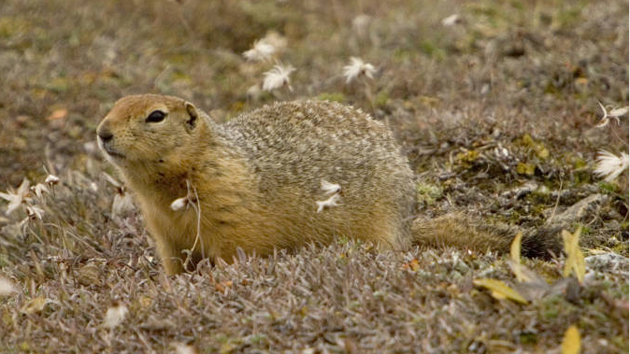
To hear Obama talk about the importance of the Arctic National Wildlife Refuge, watch this video:

